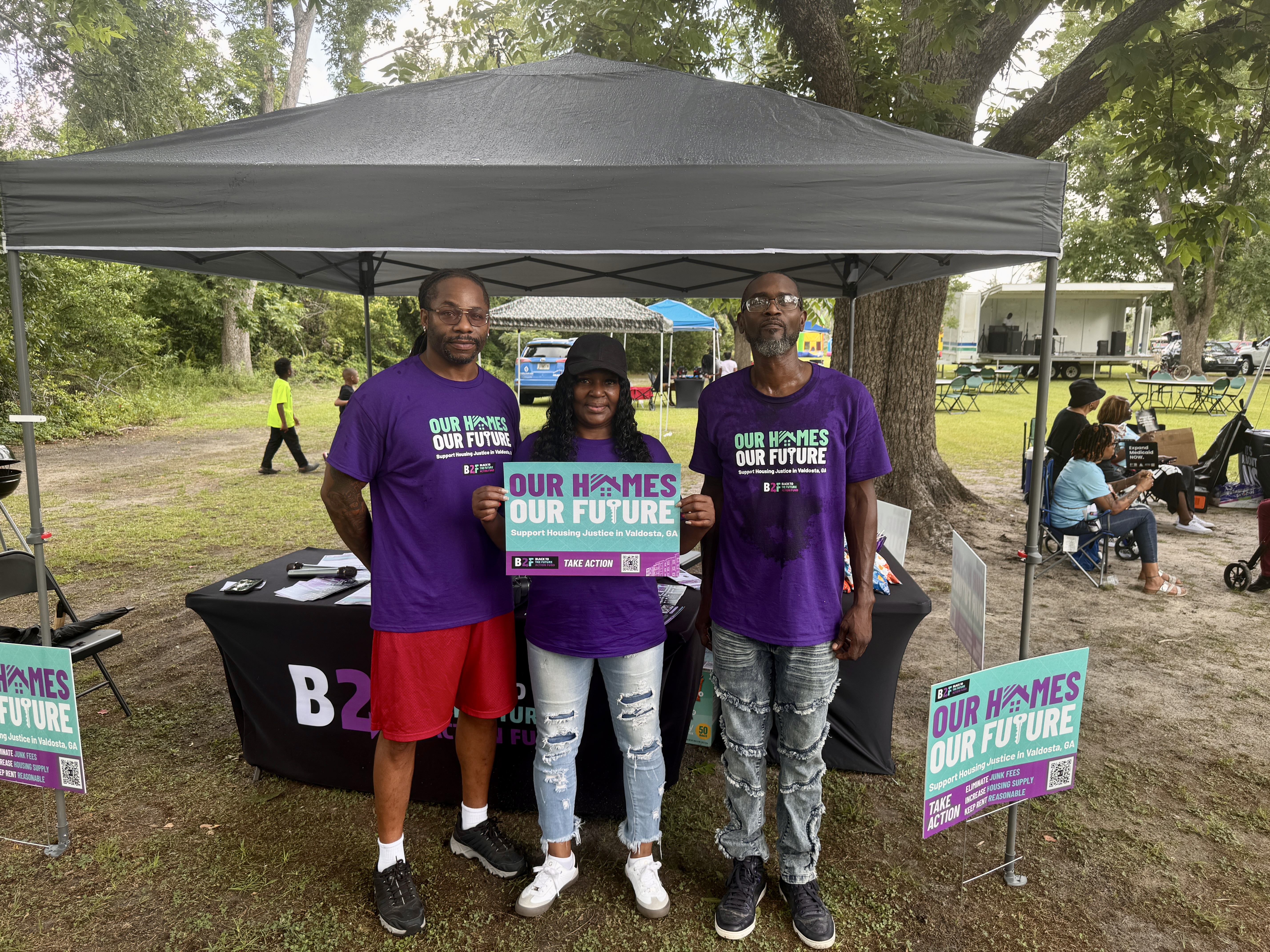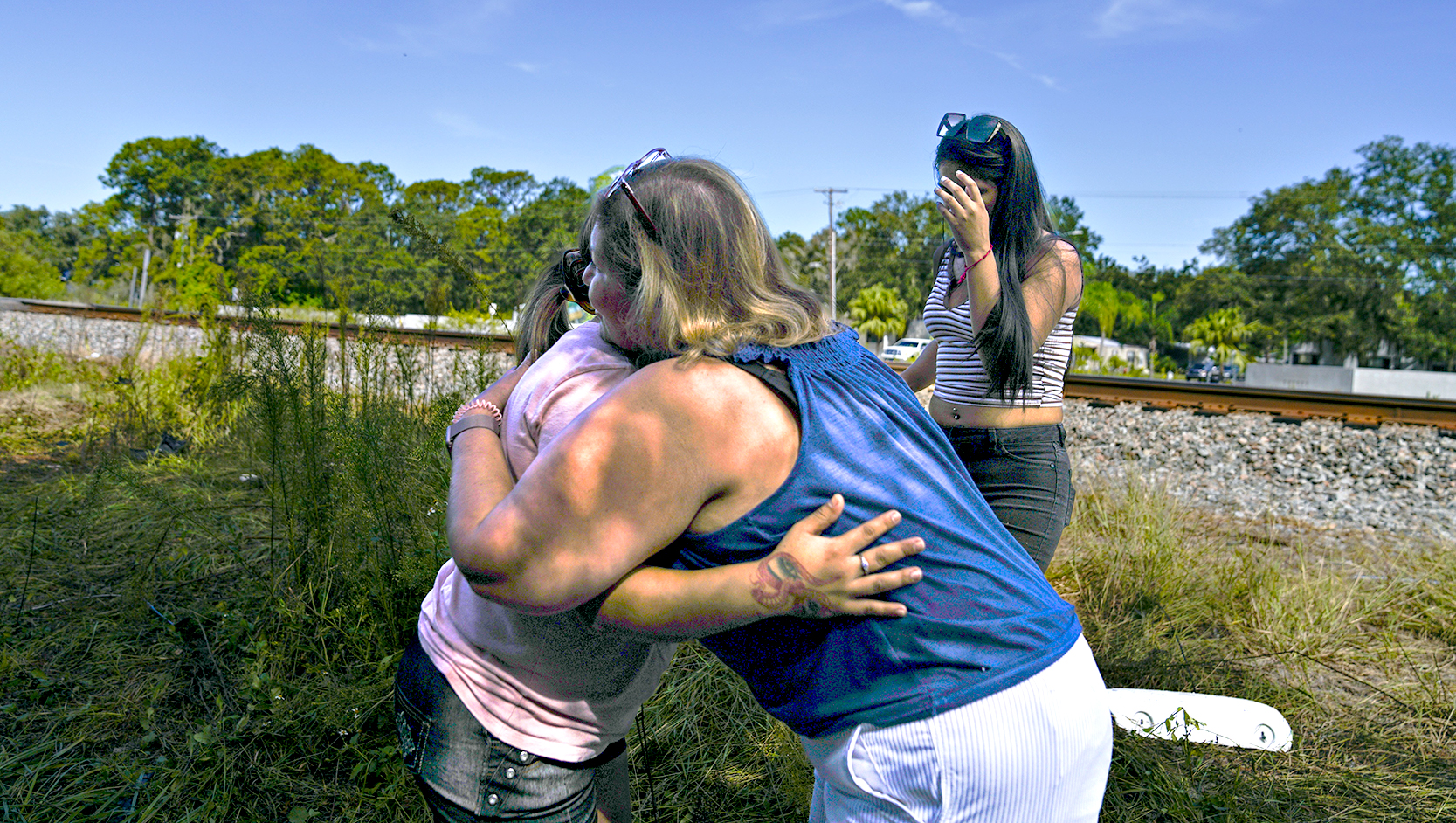Aloha, Valdosta: Hula dancing comes to Turner
Published 3:00 pm Saturday, October 5, 2019

- Amanda M. Usher | The Valdosta Daily Times Jan Gochenouer, a Hawaiian native, has been hula dancing since she was 10 years old.
VALDOSTA – Their fingers softly touched the air as if caressing it.
They were light on their toes as their bare feet flowed across the dance floor.
Colorful flowers adorned their leis, crowns and attire. For some, grass skirts accentuated their movement.
Their hips gently swayed to the traditional Hawaiian music played by ukuleles and guitars.
Smiles stretched wide across some of their faces as passion exuded from their bodies, bodies that moved in unison.
They looked elegant, beautiful and effortless to the untrained eye.
They seemed to tell a story.
The hula dancers at the Merrie Monarch festival in Hilo, Hawaii were careful in their movement and seemed to be communicating with the crowd through their art.
The festival was held in April this year.
It is comprised of an international hula competition, an invitational Hawaiian arts fair, hula shows and a parade, according to its website.
The site features a quote by Kalakaua Rex: “Hula is the language of the heart, therefore, the heartbeat of the Hawaiian people.”
Soon, the culture that speaks to the natives of Hawaii will be introduced to South Georgia at the Annette Howell Turner Center for the Arts.
Exploring the Essence of Hula
Haole Hula, which is newcomers hula, will be a three-week session led by Hawaiian native Jan Gochenouer at the arts center.
Gochenouer, who has been hula dancing since she was 10 years old, has experience performing professionally.
“Growing up in Hawaii, music and dancing is just a way of life,” she said. “Family functions, school and after sports games, there was always food. Someone had their guitar or ukulele, and we sang and danced.”
The core of traditional hula is the hands while similar Polynesian movements focus on the hips, such as Tahitian dance.
Grace is the key to hula dancing, Gochenouer said.
“It could be a form of exercise that is easy on the joints because anything that keeps you moving is good for you,” she said.
In her youth, the hula lifestyle was daily.
“If you were not dancing a show, you were picking flowers to get ready for a show or you were practicing for a show,” Gochenouer said.
“You got off of school. Your mom brought you to the youth center to go practice and we were there for like two or three hours. We ate, sat there and we danced and we danced.”
Hawaiian schools not only had pep rallies but they also had hula shows during Aloha Week.
Students would audition to perform in the shows but not Gochenouer.
She would receive a note. “Come to my office,” it would read. It was always sent from a school staff person tapping Gochenouer to learn and teach the song and dance to others.
“I never had to try out,” she said.
Embracing Hula
Her history with hula starts as a young girl in the backyards of her friends’ houses.
“I didn’t know anything about hula,” she said. “My mom goes come on, you’re going to go dance.”
Her friends’ mothers would teach hula at their homes and Gochenouer would watch.
After dancing non-professionally at a youth center at Pearl Harbor in Honolulu for six months, she was invited to dance for a local troupe.
At the age of 12, she was considered to be a professional hula dancer. Her first performance was at the Fort DeRussy Officers Club.
“We danced at all the military bases and the hotels in Waikiki,” she said.
Her troupe would entertain for sailors coming into Pearl Harbor and Japanese tourists.
She and the other dancers were close-knit.
“We were like family. They were just like sisters,” Gochenouer said. “We did everything together.”
While her background focuses on what she calls tourist hula dancing, Gochenouer said more intense dancers named hula Halaus convey expression and perform in events such as the Merrie Monarch competition.
She said the Halaus portray the meanings and words of music.
“Everybody has different movements, interpretations, to the song,” Gochenouer said.
Hula in South Georgia
She has taught hula and various forms of Polynesian dancing for six years.
She brings hula to the arts center this month.
The class is part of the Turner Center’s cultural enrichment focus, according to organizers.
“Cultural enrichment is built onto our mission statement, so we are proud to expand our art classes to include introductory Hawaiian hula, beginning in October,” said Sementha Mathews, center executive director.
“We anticipate these classes to not only shed light on the Hawaiian culture, but to also provide hours of fun for family and friends to make some great memories together.”
Gochenouer will first educate students on the art of vamping, or taking steps while motioning. She’ll teach hand and feet coordination.
Musical selections include “Little Brown Gal” and “Lovely Hula Hands.”
Gochenouer formerly taught “Little Brown Gal” to a North Florida beauty pageant contestant who won the contest.
“I just want to bring aloha to South Georgia, teach them something new,” she said. “Some folks who aren’t able to get to Hawaii, they can learn something different.”
She wishes to expose local residents to a culture they otherwise may not be able to experience.
“So far, they’re willing to learn and that’s one thing that I like about South Georgia is that they’re pretty much open-minded,” Gochenouer said.
The cost to attend the class is $50 per session.
The Turner Center is located at 527 N. Patterson St. Call (229) 247-2787, or visit turnercenter.org, for more information.
Available Dates for Hula Class
6-7 p.m. Tuesday Evenings
Turner Center for the Arts
Session 1: Oct. 29; and Nov. 5, 12 and 19
Session 2: Feb. 4, 11, 18 and 25
Session 3: March 3, 10, 17 and 24





